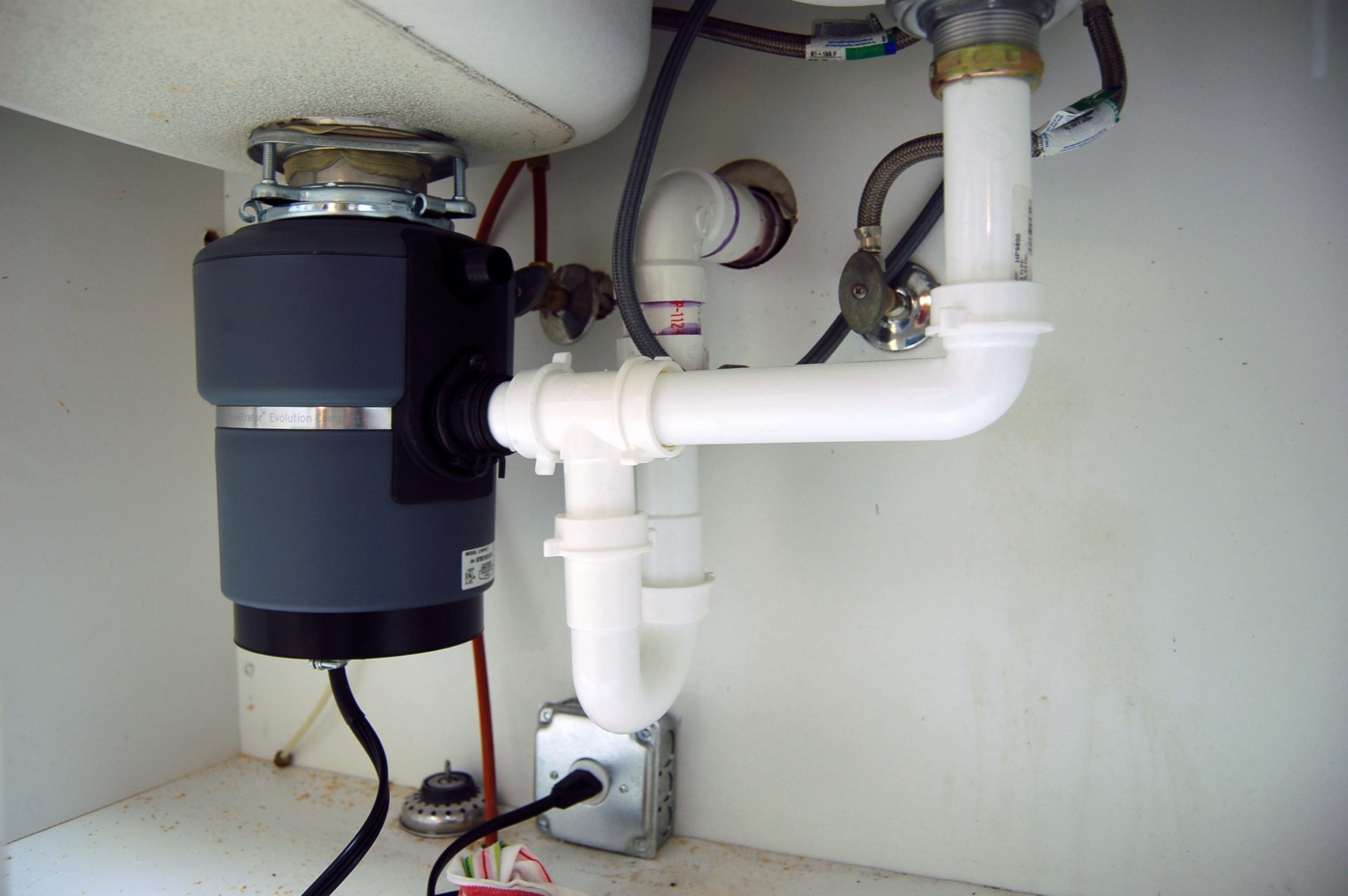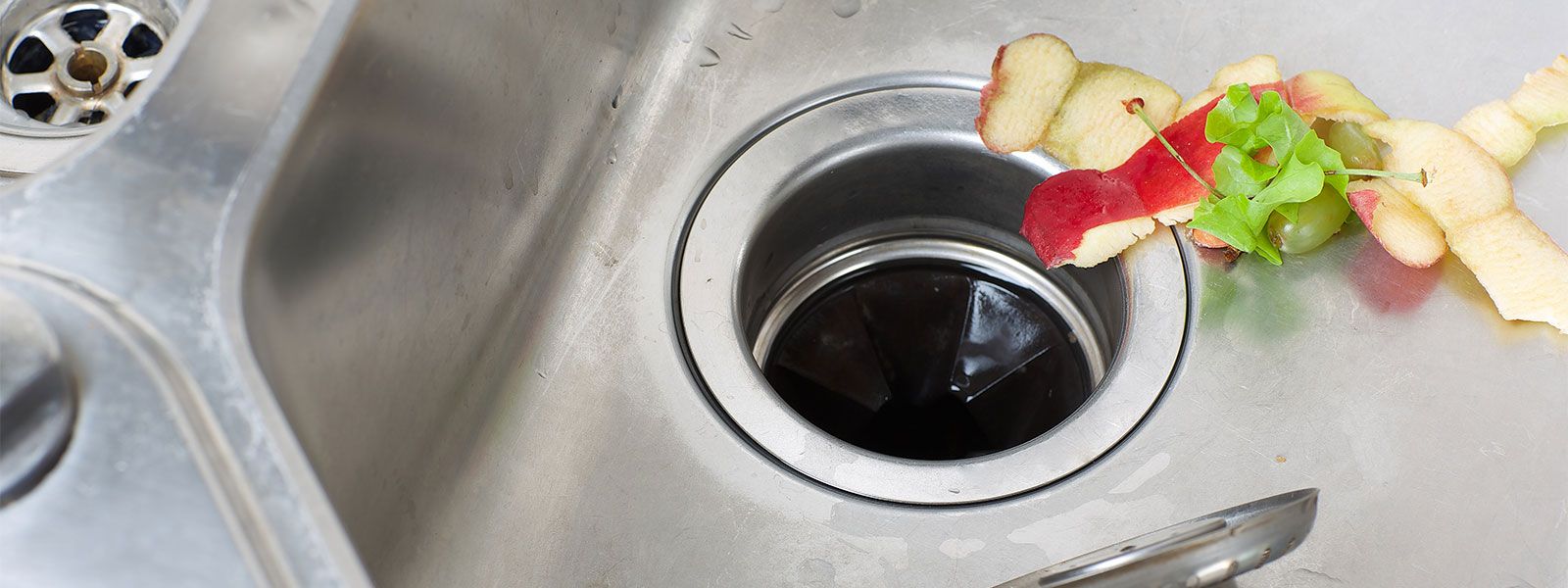Fast Fixes for a Dripping Garbage Disposal
Fast Fixes for a Dripping Garbage Disposal
Blog Article
Nearly everybody will have their personal way of thinking on the subject of Garbage Disposal Leaking From Bottom.

Waste disposal unit are essential cooking area home appliances that help in disposing of food waste successfully. Nevertheless, a leaking garbage disposal can be an irritating and unpleasant trouble to take care of. Luckily, numerous leaks can be dealt with easily with a few straightforward steps. In this short article, we will discuss just how to deal with a dripping garbage disposal effectively.
Intro
Garbage disposals are set up under kitchen sinks and are developed to shred food waste right into smaller sized items, enabling it to go through the plumbing system easily. While these devices are usually reliable, leakages can occur gradually because of wear and tear, loosened connections, or damages to the unit.
Typical Reasons For Leakages in Trash Disposals
Worn Seals and Gaskets
Seals and gaskets play a vital duty in stopping water from leaking out of the waste disposal unit. In time, these parts can weaken, bring about leakages around the disposal device.
Loose Connections
The connections in between the waste disposal unit and the plumbing system can come to be loosened in time, triggering water to leak out throughout procedure.
Fractures or Openings in the Disposal System
Physical damages to the waste disposal unit, such as splits or openings in the real estate, can additionally result in leakages.
Recognizing the Resource of the Leak
Prior to attempting to fix a leaking garbage disposal, it is vital to recognize the resource of the leak. This can commonly be done through visual examination or by conducting straightforward examinations.
Visual Evaluation
Examine the garbage disposal system thoroughly for any indicators of water leakage. Pay close attention to locations around seals, gaskets, and link points.
Evaluating for Leaks
One method to check for leakages is by running water through the disposal unit and checking for any kind of noticeable indicators of leakage.
Tools and Materials Needed for Fixing a Dripping Garbage Disposal
Before beginning the fixing process, gather the needed devices and materials, including a screwdriver, flexible wrench, plumbing professional's putty, replacement seals or gaskets, and epoxy or patching material for fixing fractures or holes.
Step-by-Step Overview to Repairing a Leaking Garbage Disposal
Shut off the Power
Prior to trying any repair services, ensure that the power to the waste disposal unit device is turned off to avoid the risk of electrical shock.
Locate the Leakage
Determine the precise area of the leak and determine the reason.
Tighten Links
Utilize a wrench to tighten any loosened links in between the disposal device and the pipes system.
Change Seals or Gaskets
If the leakage is due to used seals or gaskets, remove the old elements and change them with new ones.
Patching Splits or Openings
For splits or openings in the disposal unit, usage epoxy or a suitable patching product to seal the damaged area.
Checking the Waste Disposal Unit After Repair
As soon as the repair is full, evaluate the garbage disposal by running water through it to ensure that the leakage has been fixed.
Preventive Maintenance Tips to Prevent Future Leakages
To avoid future leakages, it is necessary to perform regular maintenance on your waste disposal unit. This consists of maintaining it clean, preventing putting non-food items or difficult objects down the disposal, and occasionally checking for leaks or various other issues.
Final thought
To conclude, dealing with a dripping garbage disposal is a relatively uncomplicated process that can be completed with standard devices and materials. By adhering to the actions detailed in this article and practicing precautionary upkeep, you can maintain your garbage disposal in good working problem and prevent expensive repair work in the future.
What to Do About a Leaking Garbage Disposal
A leaking garbage disposal often goes unnoticed until you confront a sopping cabinet, a foul-smelling puddle, or an audible drip-drip-drip from the unit. The fix can be frustrating, too, because the leak can stem from a number of components in the system. Fortunately, with a little sleuthing, you can zero in on the leak and—depending on the exact location—stop the icky oozing and repair the component that caused it. Worst case scenario, if it turns out that the garbage disposal must be replaced, installing a new one is a reasonable do-it-yourself task for those with basic plumbing skills. Read on to keep the cash you’d otherwise hand over to a pro.
Prepare to find the leak
Prior to testing the garbage disposal for leaks, unplug it at the wall outlet and turn off the power from the breaker box to prevent electrical shock. Then insert a watertight sink stopper into your sink drain and wipe the unit dry with a clean cloth. In any handy container, mix a few drops of food coloring into a few cups of water, and pour the dyed water onto the sink stopper to help you locate the leak.
Investigate the source
the top, where the disposal meets the sink drain the side, where the dishwasher hose or main drain pipe connects to the disposal or the bottom of the unit Inspect each of these locations while gliding a light-colored rag over the unit; the dyed water will readily show on the rag and reveal the location of the leak. If a leak isn’t immediately apparent, remove the sink stopper and pour a few more cups of dyed water down the sink drain, then check for leaks again. Leaks near the top of the unit are more likely to show themselves while the sink is plugged, while side and bottom leaks are more noticeable while the sink is unplugged.
The metal sink flange that sits directly inside the sink drain is typically sealed around the top with plumber’s putty (a clay-like sealant) and then secured from under the sink with bolts. If the plumber’s putty deteriorates, or the bolts loosen, the flange can no longer form a watertight seal between the sink drain and the disposal—which could cause a leak at the top of the unit.
To reseal the leaky flange, you must first detach the garbage disposal. Start by loosening the screws securing the main drain pipe to the disposal, then loosen the screws in the metal clamp securing the dishwasher hose to the disposal and detach the drain pipe and dishwasher hose from the disposal. Loosen the screws in the mounting ring that connects the disposal to the metal mounting assembly beneath the sink, then pull down the disposal and carefully set it on a clean, dry surface. Loosen the bolts in the mounting assembly with a wrench, then pull down the mounting assembly and set it near the disposal.

As a devoted person who reads on Garbage Disposal Leaking From Bottom, I figured sharing that piece was smart. In case you liked our blog post plz do not forget to share it. Thank-you for taking the time to read it.
Call Today Report this page